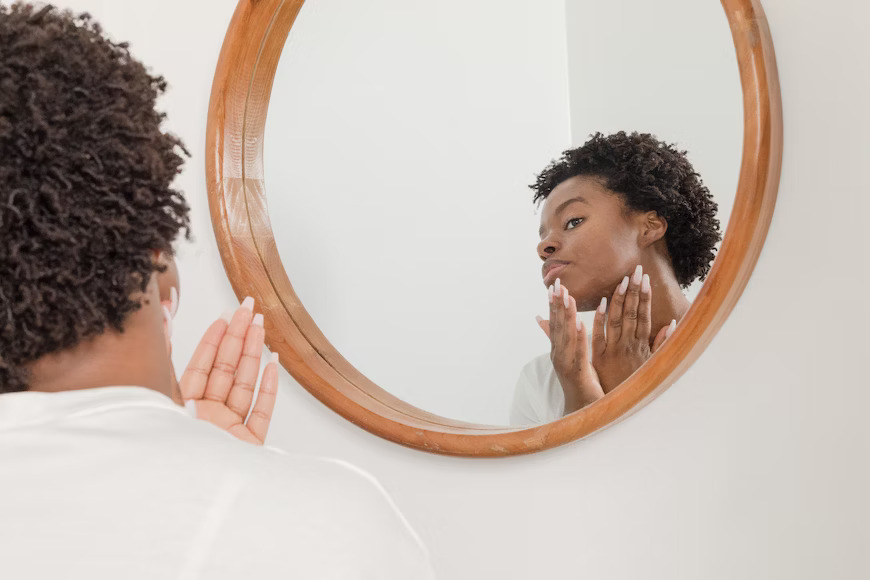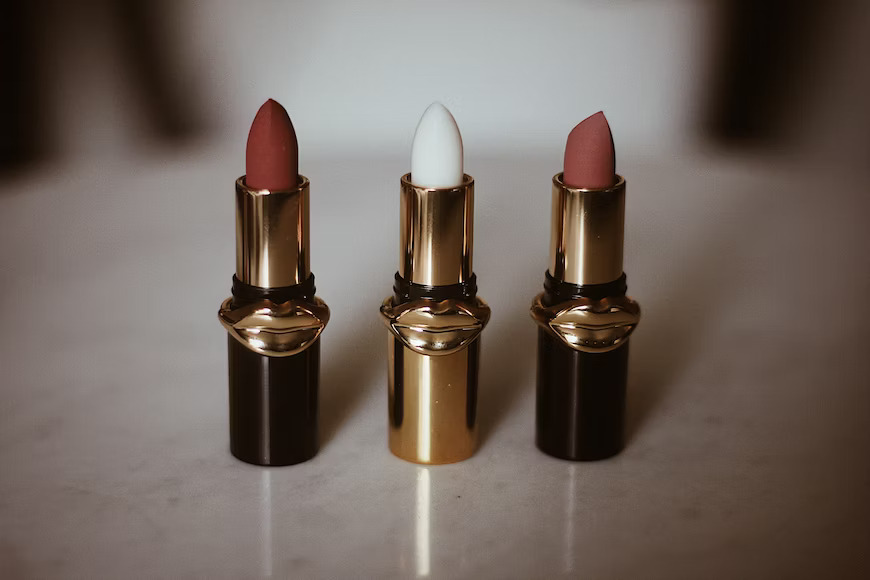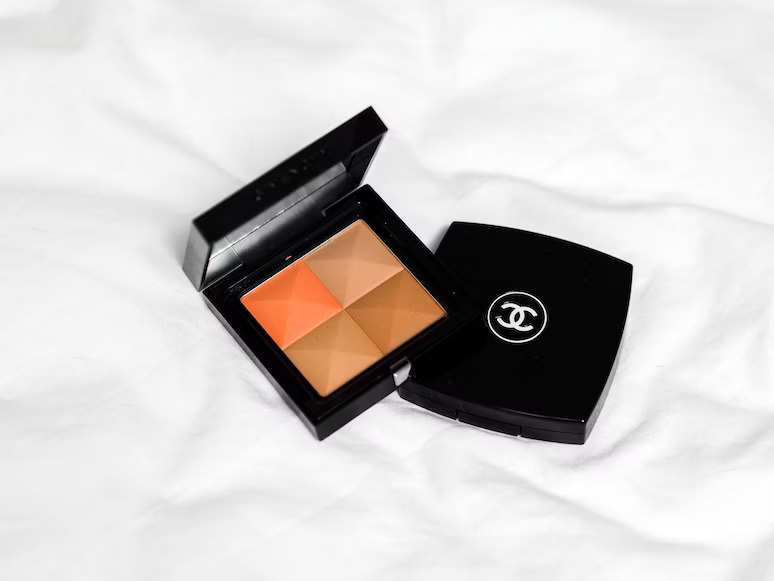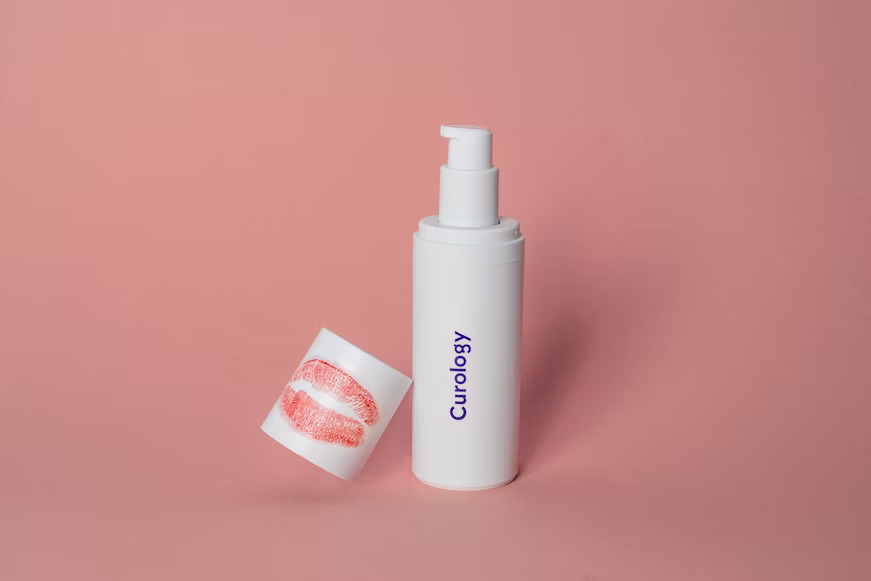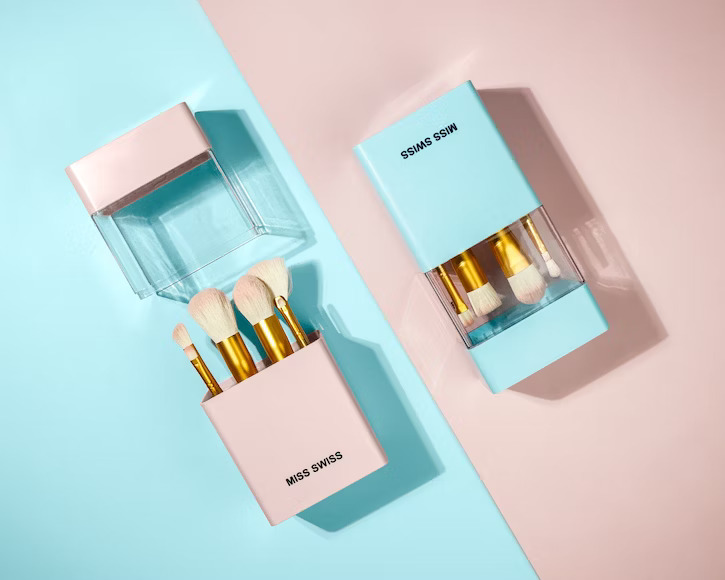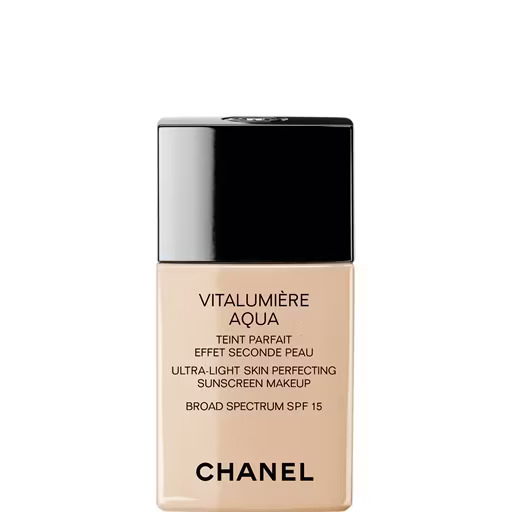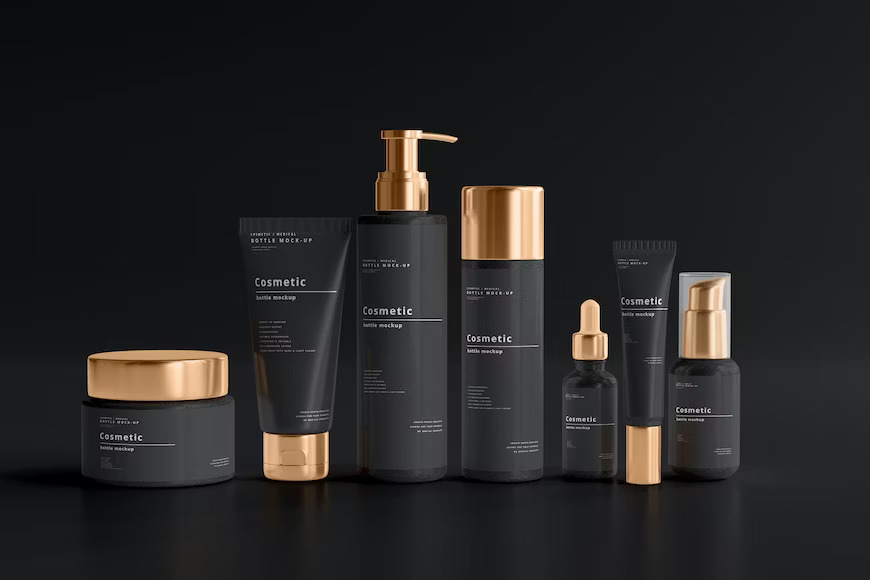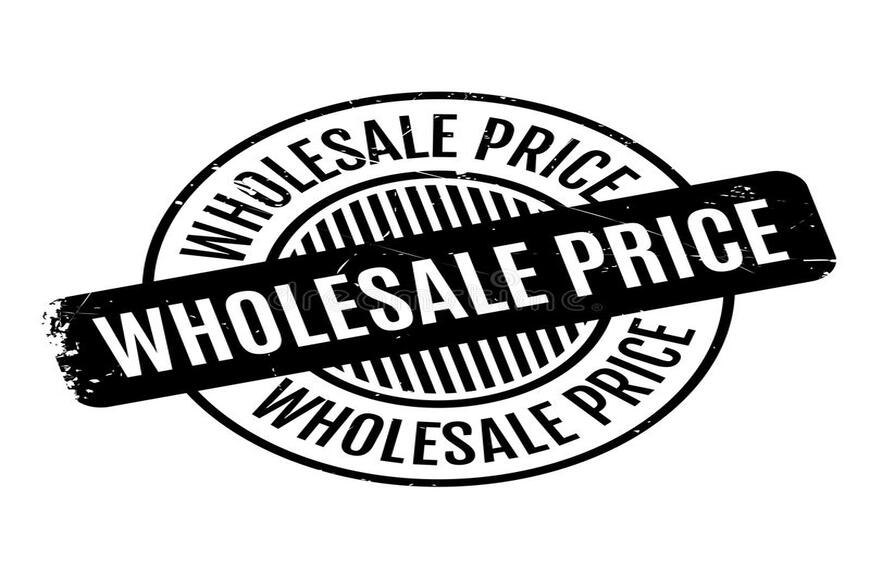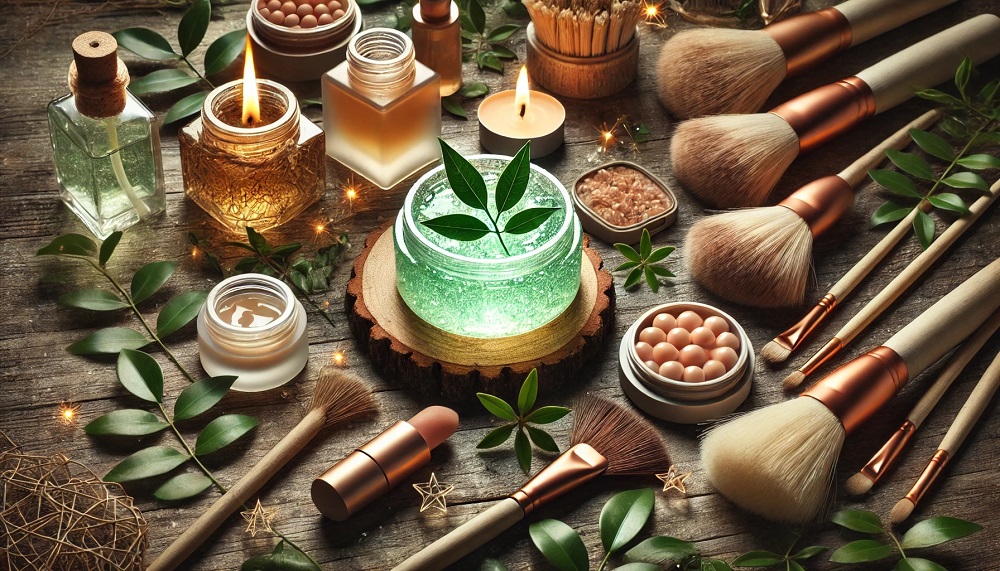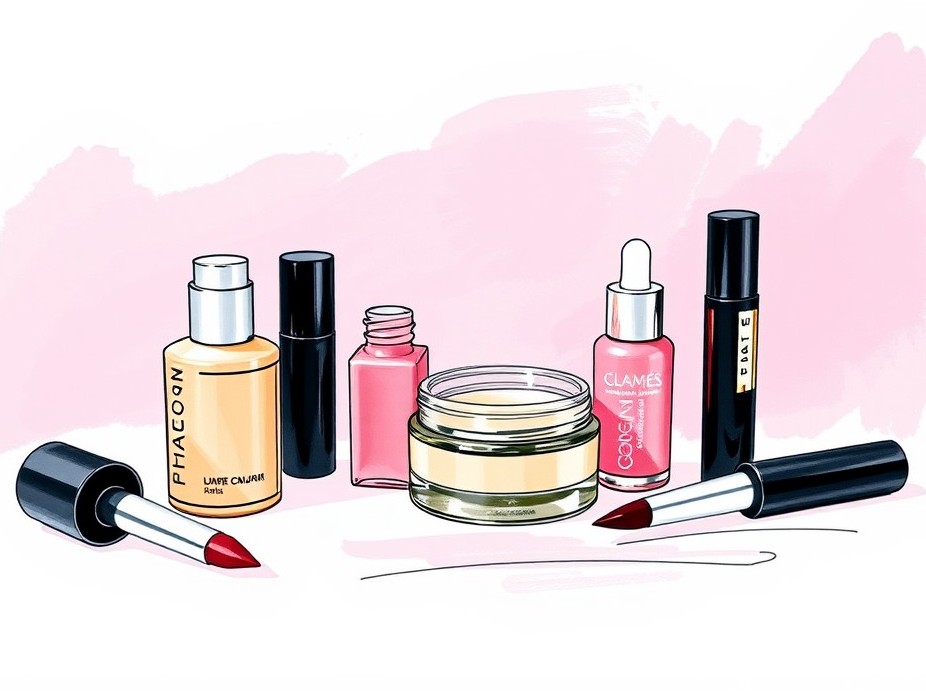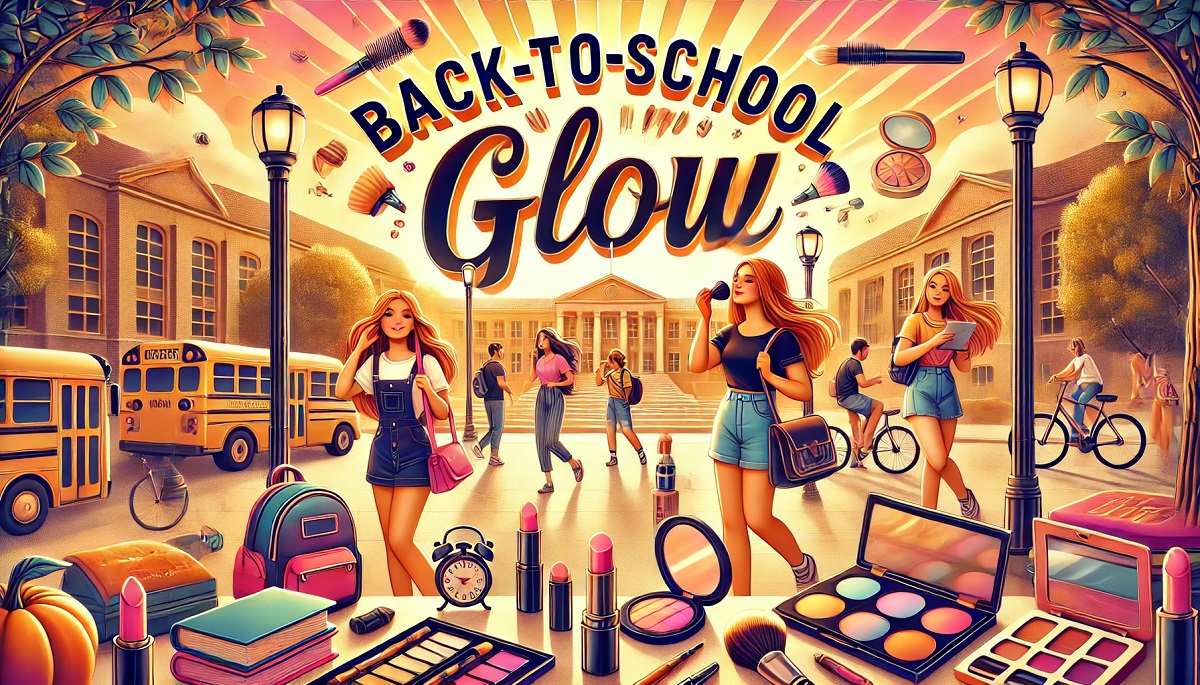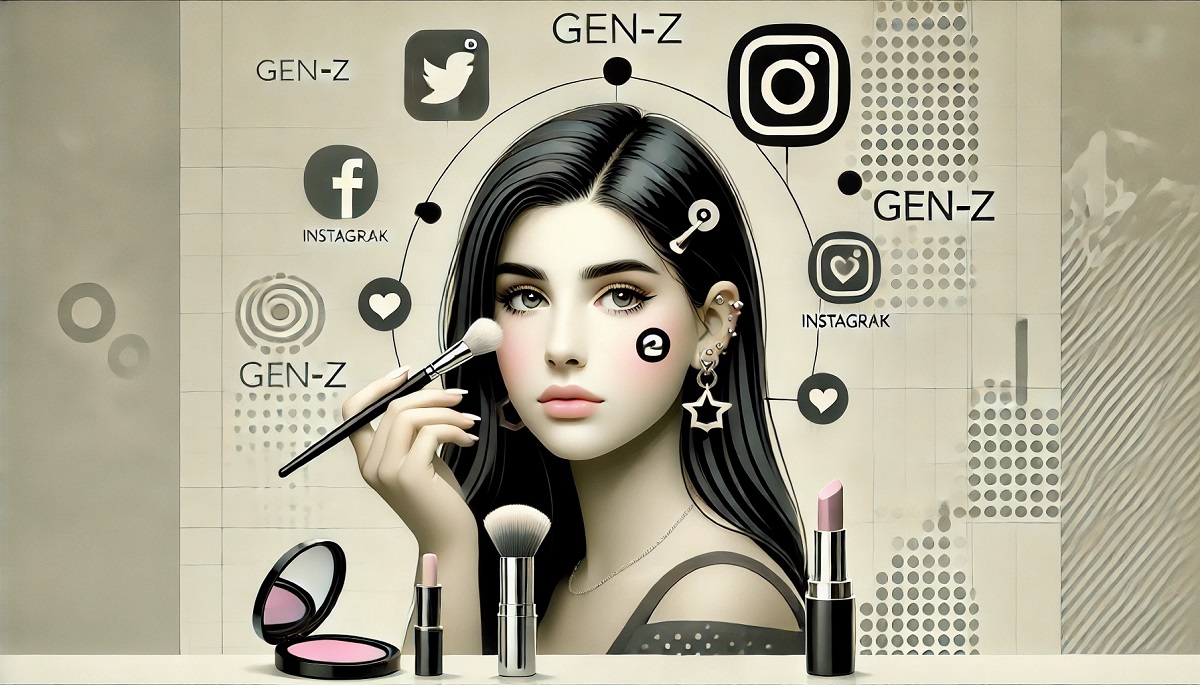
How to Design Your Own Cosmetic Packaging?
Share This Article With
How exactly do you design your cosmetic packaging in a way that immediately captures the customer’s interest and encourages them to buy?
Table of Contents
The beauty and cosmetics industry is booming. For instance, the beauty industry is estimated to generate approximately $100 billion globally and is projected to increase to $120 billion by 2025. The business potential reflected in these numbers has been a major attraction, with thousands of brands joining the industry. This has resulted in increased competition. As a cosmetics brand, this means that your products must stand out and convince your ideal customer to buy from you in a very competitive market. The best way to do this is through packaging.
Product packaging is the first thing that customers notice. If your cosmetic package grabs their attention and speaks to what they are looking for, they will likely purchase the products.
This blog provides various tips for creating attractive packaging for your cosmetic products to ensure they stand out on the shelf.
1) Define your ideal customer
The first step in designing your cosmetic packaging is defining and understanding your target customers. This helps ensure the packaging design resonates with them and aligns with your brand’s identity and aesthetic.
So, who are you designing for? What do they look for in a cosmetics brand? What type of design can grab their attention?
Once you answer these questions, you will have an abstract idea or theme guiding your design process.
2) Define your branding and style
This step involves defining your brand’s personality, identity, and values. What personality do you want to portray to your customers? For example, do you want to be simple and classic or luxurious? This information will help you determine the design elements you use in your packaging. Examples of these design elements include:
i) Logo
A logo visually represents the brand and helps communicate its value and personality. It establishes brand recognition, making your cosmetics products easily identifiable on the shelves. Ensuring the logo is memorable and easily recognizable to the target consumers is crucial.
ii) Style
Your cosmetic products’ packaging style showcases the mood and personality you want to bring to your product line. For example, are you going for a pop-art feel or a minimalist vibe? Once you decide on the style you’re going for, it becomes easy to know the other details to incorporate into your design.
iii) Color scheme
When choosing a color palette for your cosmetic packaging, it is essential to ensure that you stay true to your brand while also differentiating it from the competition. Remember that from a customer’s perspective, different colors convey different messages and evoke different emotions. For example, warm colors like red are associated with passion and excitement, while pink represents innocence, femininity, love, and tenderness. Use your brand’s values when selecting the color schemes.
iv) Fonts
Like colors, fonts help you design unique and recognizable packaging that customers can instantly pick on the shelves while browsing a wide selection of similar cosmetic products. For example, the sans serif font used by Chanel makes the product look clean and sophisticated, creating an upscale modern feel.
v) Shapes and accessories
The shape of the packaging determines the overall uniqueness, elegance, functionality, and brand recognition. However, the chosen shapes must be compatible with other design elements, such as color schemes and typography.
Accessories such as droppers, pumps, and sprays help add value to your packaging in addition to increased convenience. Moreover, they build on the product’s elegance!
3) Choosing your cosmetic packaging material
Now that you have set your brand design standards, it is time to choose the packaging material. Wholesale cosmetic packaging provides multiple options to select from, including plastic and glass bottles, cosmetic containers, and cosmetic jars. These materials offer varying aesthetic appeal, durability, and recyclability. For instance, while plastic bottles and containers are lightweight and affordable, glass jars and bottles create a premium feel and look.
However, assessing their compatibility with the ingredients used to produce your products is crucial. For example, some plastic containers in skincare packaging can release harmful chemicals such as phthalates, compromising the product’s quality and safety. Other considerations when selecting the material include fragrance and the product’s shelf-life.
4) Consider wholesale cosmetic packaging prices and availability of stock
Are the materials you have selected available at wholesale prices?
This consideration is essential since it affects the cost of designing and producing the packaging, which determines the overall price of your products. For example, while glass bottles and jars are appealing, they may be more expensive than plastic. However, wholesale prices can help you get the best deal, thus reducing the overall costs and making the products more affordable.
Ensuring the chosen materials are readily available and in stock reduces delays and production issues. Therefore, consider partnering with a supplier who can deliver the quantity of packaging materials needed to produce your desired cosmetic packages and plan for future restocks.
5) Choose the right designer for your cosmetic packaging
Now that you have determined your ideal customer, brand personality, branding elements, and materials, it is time to get to work. Choosing the right designer helps you combine these aspects and create attractive, quality packaging that appeals to your target market.
The first option is DIY, but this only works if you have design experience. Given the impact the cosmetics packaging design can have on the success of your business, it is recommended to hire an experienced designer.
When hiring, consider the following:
- a designer with experience in the beauty industry
- a professional who understands your brand
- a professional with excellent communication skills
- a designer who can work within your budget
- Check their portfolio to ensure they meet your desired expertise
Now that you have onboarded your designer start designing and enjoying the process!
Final Thoughts
The beauty and cosmetics industry offers tons of opportunities. With the right design and packaging, you can explore these opportunities and build a strong brand that stands out in this competitive industry.
Stay Connected
Choose your favourite social media channel to stay up to date with Aurora Global Brands and its activities


